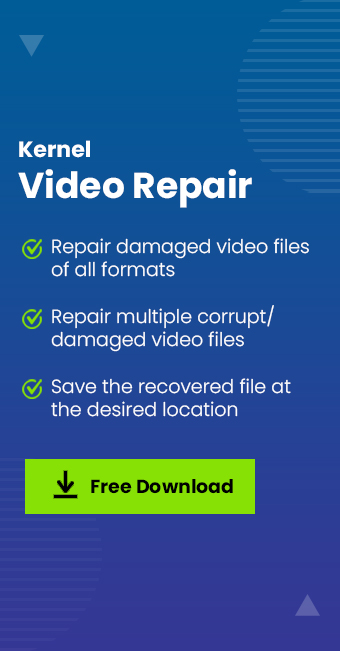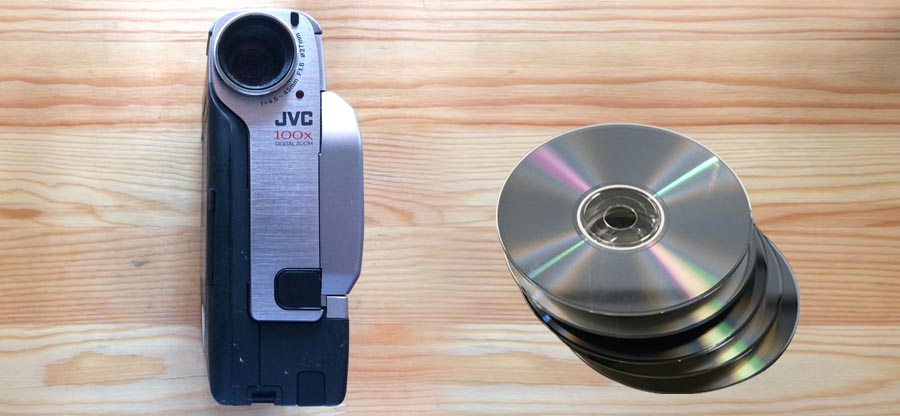Read time: 6 minutes
These days video files play a significant role in every individual life and daily routine. While playing any video file like MP4, MOV, MKV, or AVI with Windows Media Player on Windows 10, an error may occur displaying, “This file isn’t playable. That might be because the file type is unsupported, the file extension is incorrect, or the file is corrupt. 0xc10100bf”
As the message suggests, the video file does not play due to unsupported files type, incorrect file extension, etc. In the present blog, we are going to discuss why this Video Error Code 0xC10100BF occurs and how to fix this error easily.
Probable reasons for the video error code 0xc10100bf
Some probable reasons for the occurrence of the error code 0xc10100bf can be explained as given below:
- Something is wrong with the video file played or Windows Media Player application.
- The video file is broken or corrupted.
- The media player gets affected by a virus/malware.
- Video file type is not supported by the media player.
- The file extension is incorrect.
Simple fixes for the video error code 0xc10100bf
If you encounter errors code 0xC10100BF while playing video with Windows Media Player, it needs to be fixed soon. There are a few methods that you can utilize to fix this error. Let’s have a look at them:
Method 1. Run Windows Media Player troubleshooter
Windows Media Player is the default video player on Windows, and it has its own troubleshooter. If you face this error while using WMP on Windows 10 then, run WMP Troubleshooter by following steps given under:
- Launch Control Panel on your Windows device and look for Troubleshooting.
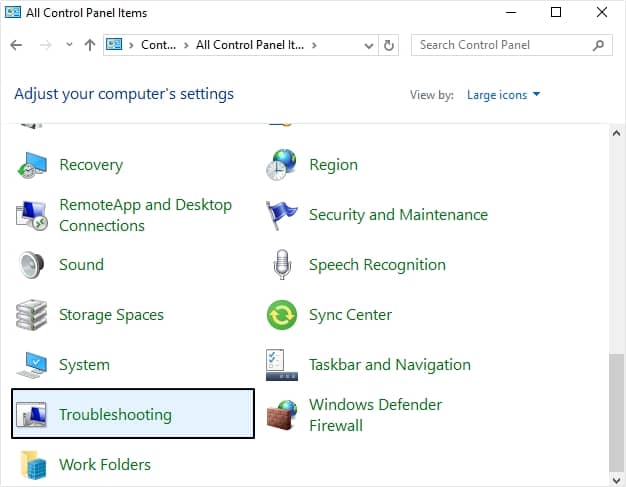
- Choose View all from the left pane.
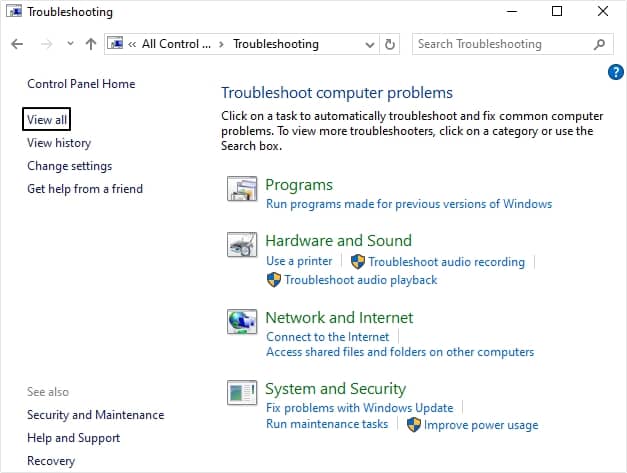
- Find Windows Media Player settings and double-click on it.
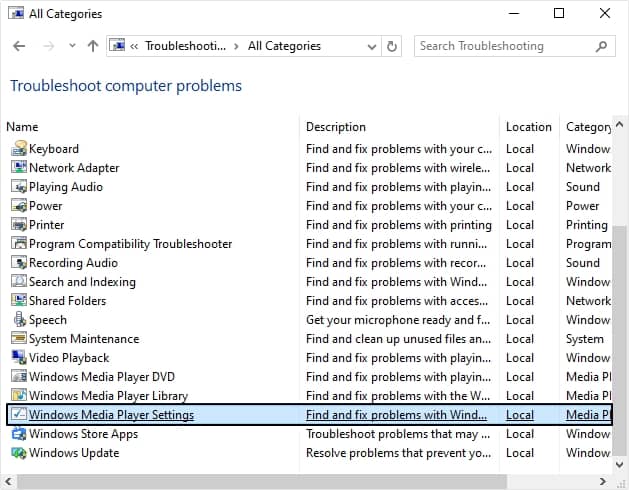
- Click ‘Advanced.’
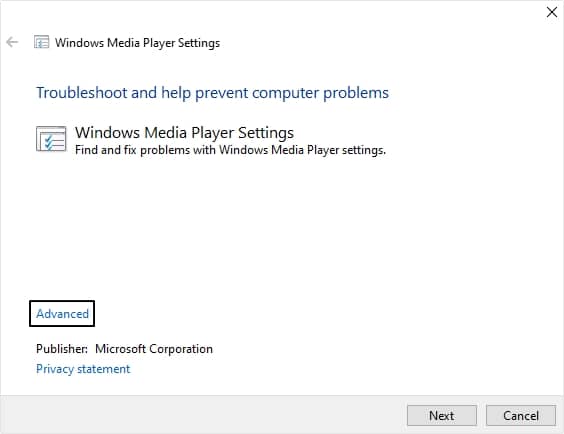
- Tick the checkbox Apply Repair automatically and click ‘Next.’
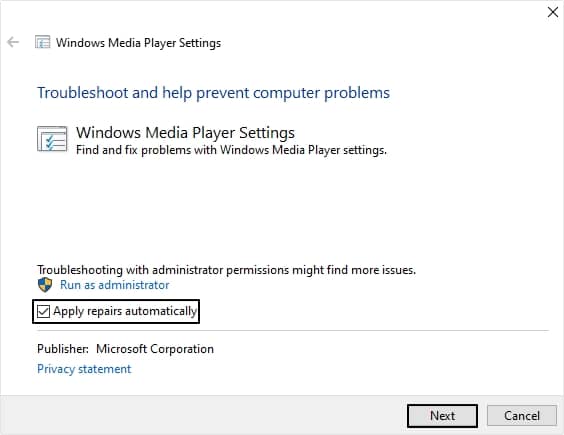
- Click ‘Apply this fix’ from suggestions.
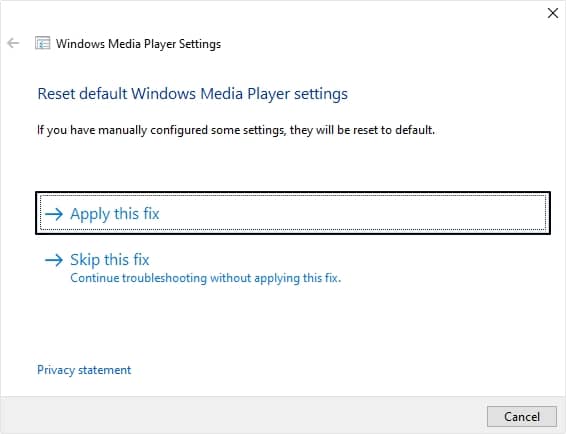
- Reboot your computer and check if the error is fixed.
Method 2. Reinstall Windows Media Player
If you are unable to play video file in Windows Media Player on Windows10, due to error ‘This file isn’t playable. That might be because the file type is unsupported, the file extension is incorrect, or the file is corrupt. 0xC1010BF’, then try to reinstall WMP. Sometimes, users complain about Windows Media Player encountered a problem while playing the file, due to errors. Once the reinstallation is done, play the video file again using WMP and check if the problem is fixed.
Method 3. Try another media player
To play the video file, use another media player which is compatible with the file you are playing. There are many video playback apps supporting Windows 10, the most popular one being VLC Media Player. It can play almost all video formats; also, it can easily play those files that WMP and Movies & TV app cannot play. VLC Player can also be used as a small-time converter software that can convert MTS to MP4 format in Windows 10.
You may also try other freeware available on the internet for the purpose but be assured that the freeware you are downloading is authentic and credible.
Method 4. Try another computer to play the video file
When the video is not playing on any media player on your computer despite the fact that the file format is compatible with the media player, then try to play the file on another computer. Maybe your computer has some problem because of which your video file is facing issues in playing smoothly. Switching to another device may work to fix your issue.
Method 5. Download or transfer the video file again
It may happen that during copying or downloading the video file, it was not downloaded completely or properly or got corrupted. When the downloaded file is larger than 720p and above then there are chances of them getting corrupted. An incomplete download may also be the reason behind this error. Try to re-download the file and before doing it make sure that the internet connection is good, and its speed is also fine.
While downloading any video file, an anti-virus program may also interrupt its smooth play. So, try to turn off the anti-virus program and then download the file. Once the download is complete, you can restart the anti-virus program.
Method 6. Check the video file format
Generally, MP4 format is supported by almost all media players so you can try to convert any format to MP4 file format like you may convert FLV to MP4 video file and try if video is playing. To overcome this issue, you can convert the format of the file to the desired format using an authentic and safe video converter tool. You can even use VLC media player’s inbuilt feature to convert video file format. Here are the steps of how you can do this:
- Launch VLC media player and go to the Media option, then click Convert/Save.
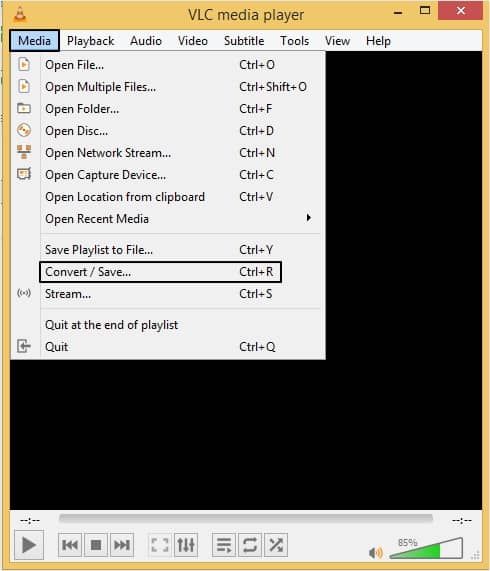
- Now, to upload the video file click on Add button, then Convert/Save.
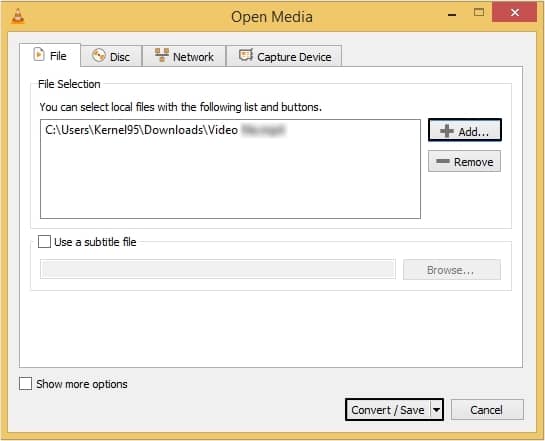
- Under Settings, select the file format of your choice next to Profile option. Click on Browse to provide the saving location and click Start to convert the video file.
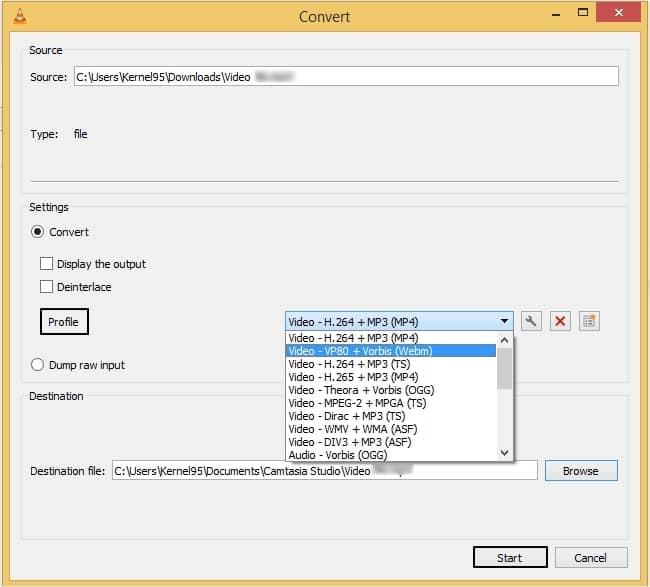
Method 7. Repair corrupt video file
When none of the above solutions prove helpful or you just wish to skip all tedious things due to time issues, then you should safely jump to this third-party video repair tool. One of the best tools to repair corrupted and damaged videos is Kernel Video Repair. It can easily and efficiently scan, repair, and restore the video files if they have become corrupted, damaged, broken, or inaccessible due to any reason. You can save the recovered video file in any format you wish.
Conclusion
Sometimes, because of unsupported video codes or some other reason, errors can occur in videos. One such error is video error code 1xC10100BF. This can arise due to various factors, which we have discussed in this blog, along with the solution to fix this error. However, if the issue is due to corruption in the file, use the recommended Kernel Video repair tool. It not only repairs corrupt, damaged, broken, or inaccessible files but also efficiently fixes the issues like blurry video file, grainy video, and stuttering videos. It can repair as many video files at a time as you wish irrespective of the size of video files.

